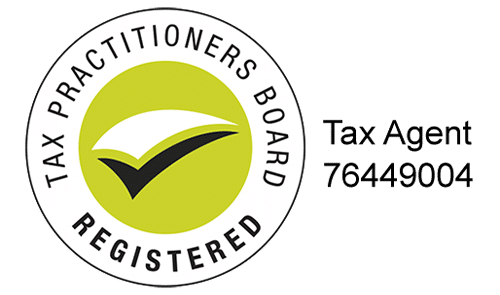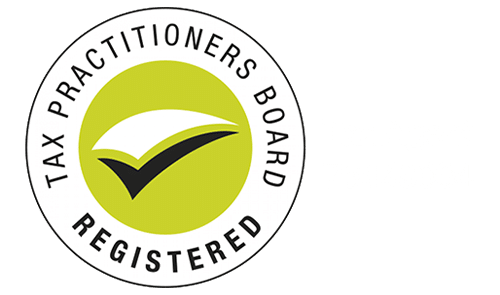Whats in an insurance claim?
Let me paint you picture. (OK it’s a long picture, but worth it!)
You’ve just had the bad news that you’re unwell or injured. You’re not going to be able to work for a significant amount of time. The stress sets in. You start to worry about money. Then you remember -“I have insurance!”
There are two scenarios here. The first is someone who has a long-standing relationship with a financial adviser. The second is someone who has no relationship with an adviser, but filled out their own insurance application through their superannuation fund. With no advice. (I should add, I know both of these people. One is a client on our database, the other is a friend).
Scenario One (Our client) :
You are diagnosed with a significant illness. You make a call to your financial adviser to give them the news. You know your adviser well, you’ve been meeting with them at least once a year for some time. They utter the words “leave it with me, I’ll get the ball rolling on your claim”. You hang up, feeling better that someone you trust is handling it.
A few days later you meet with your adviser, sign some forms, take those forms to your doctor, send them back to your adviser, and wait. Through the entire process you are guided by someone you know, you can call or email your adviser easily and before you know it, your financial stresses are eased because your claim has been finalised. For our client, this happened six days after submitting the paperwork. Yes, six days.
Scenario Two (My friend) :
You’ve injured your back and can’t work. You try to remember where you stashed all your insurance or superannuation papers. You finally find them, and call the number on the form. You spend ten minutes going through the automated menus, trying to get through to talk to someone to ask for help with making a claim. The person you finally speak to is a stranger. You explain the situation and they tell you they will send you paperwork for your claim.
When the papers arrive, they are long and confusing. Some claim forms are in excess of 30 pages long. And you are expected to fill these out yourself. Keeping in mind, you’re so unwell you can’t go to work. Sounds fun, right?
Several phone calls to the Claims Support number (speaking to a different person every time) and a visit to your doctor later, you submit your claim forms. Five days later you get a phone call. You’ve missed filling out a section of the claim form and it’s being sent back to you. Three days later it arrives in your mail. You complete it and send it back again. Another five days later, you get a phone call explaining that the insurance company will be seeking historical medical records from your usual GP. You assume this is normal.
You hear nothing. One month later you receive a letter. Turns out when you filled out your application form for your insurance, without advice or assistance, you missed ticking the box that said your saw a chiropractor for a back injury five years ago. And guess what? The insurance company have decided that you had a pre-existing condition at the time of your application and they aren’t paying your claim. Even though you’ve paid your premiums for years. You don’t really even understand what a pre-existing condition is, all you know is you have paid insurance premiums and you won’t be able to make a claim. And you have no one to call to ask them to explain it to you. Unless you want to sit on hold for hours, of course.
Which scenario do you choose??
Shannon Bennett







